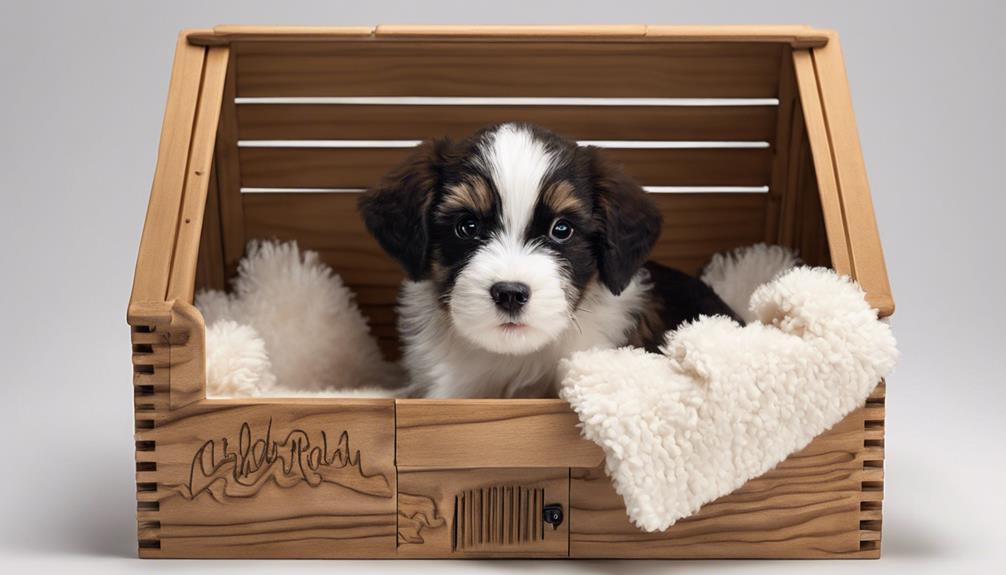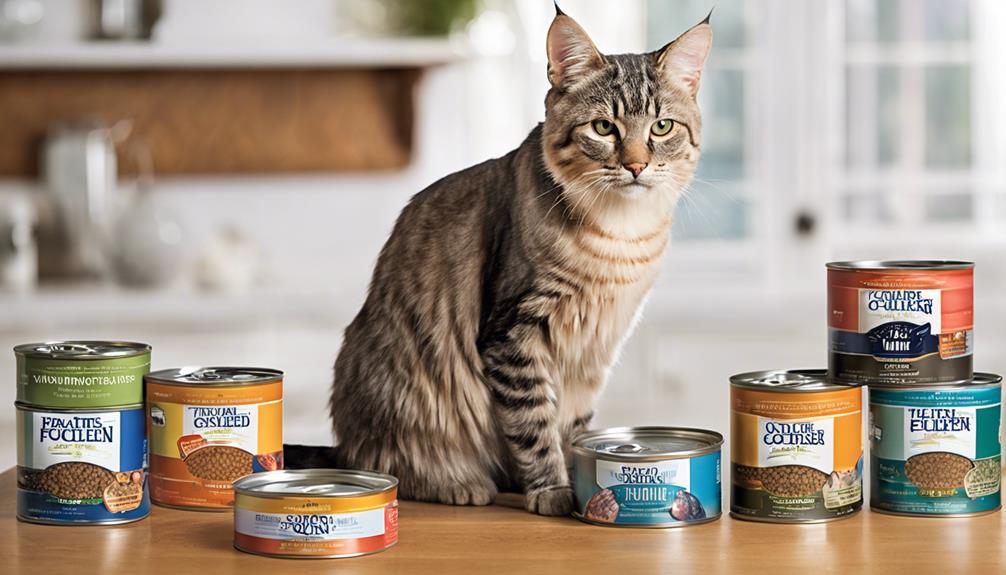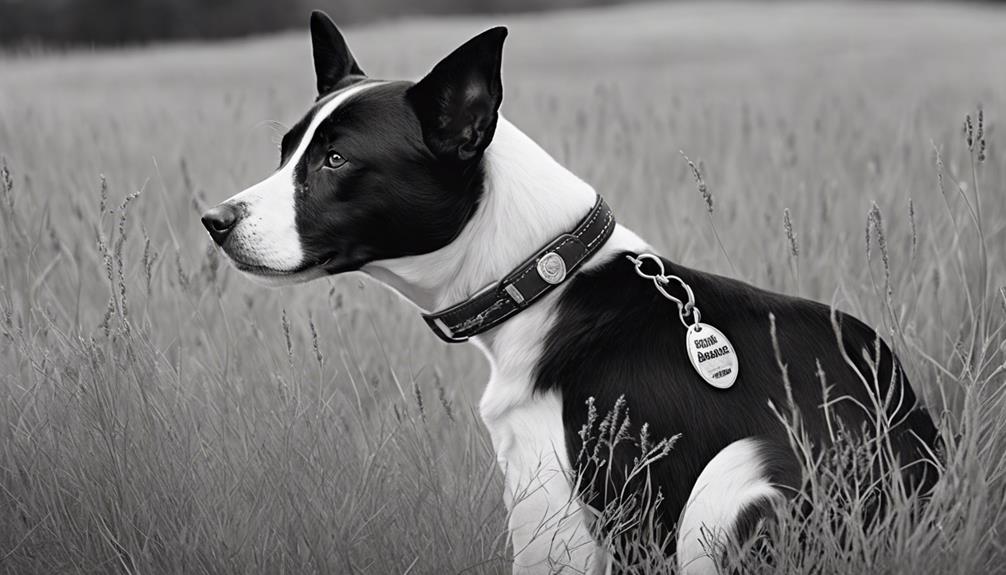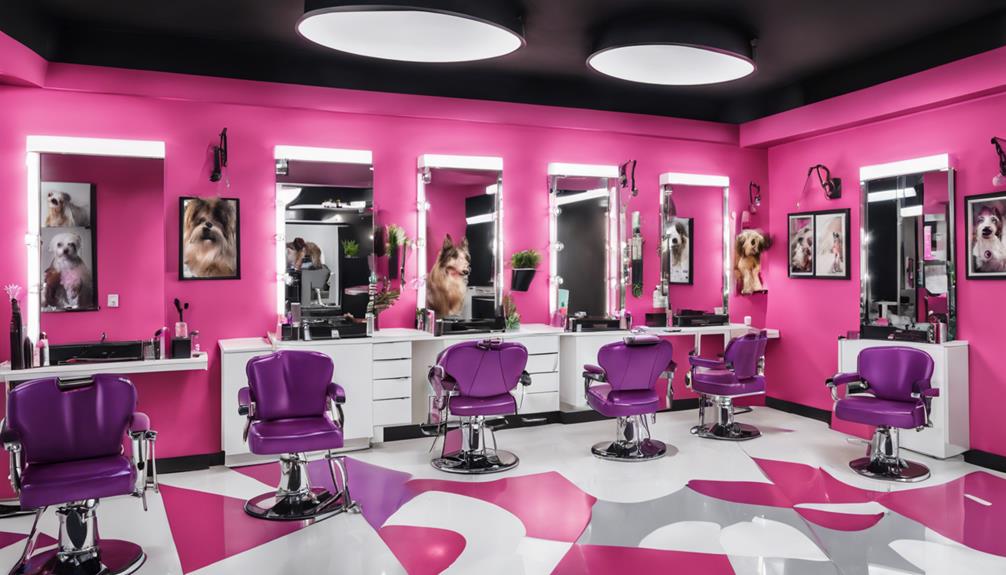When crate training your 9-week-old puppy, we break down the process into five key steps that emphasize gradual introduction, positive association, reinforcement, and patience for a successful adjustment to crate use. Choose a crate that is the right size, place it in a central spot, and add a soft blanket inside. Start by keeping the crate door open, lure your puppy inside with treats, toys, and familiar smells, then slowly lengthen the time spent inside with the door shut.
Establish a comforting environment near your bed for nighttime training, ignore attention-seeking behaviors, and take your puppy outside for a potty break before bedtime.
Key Takeaways
- Choose an appropriately sized crate for your 9-week-old puppy.
- Introduce the crate gradually with positive reinforcement techniques.
- Establish a consistent crate training schedule for your puppy.
- Create a comforting environment in the crate for nighttime training.
- Be patient, persistent, and adaptable during the crate training process.
Crate Training Preparation
When preparing to crate train your 9-week-old puppy, it's essential to select a crate that offers just enough space for the puppy to stand, turn around, and lie down comfortably. The correct crate size is vital in creating a secure and cozy environment for your puppy. Additionally, placing the crate in a central location within your home helps your puppy feel included in family activities while still providing a quiet space for rest. To increase comfort and familiarity, line the crate with a soft blanket or towel. Adding safe toys for entertainment can prevent boredom during crate time.
Moreover, incorporating treats and favorite toys inside the crate makes it more inviting for your puppy. This positive association encourages your puppy to view the crate as a pleasant space. Ensuring the crate is secure and free from hazards is essential for your puppy's safety during crate training. By carefully preparing the crate with the right size, location, bedding, toys, treats, and security measures, you're setting the stage for successful crate training for your 9-week-old puppy.
Introducing the Crate to Your Puppy

To acclimate your 9-week-old puppy to the crate, position it strategically in a quiet area of your home, encouraging exploration with familiar items inside. As you introduce the crate to your puppy, consider the following steps:
- Central Location: Place the crate in a central, low-traffic area of your home to help your puppy adjust to their new space gradually.
- Encouraging Exploration: Leave the crate door open initially and add familiar bedding or toys inside to entice your puppy to investigate the crate.
- Positive Reinforcement: Use treats and verbal praise to reward your puppy for entering the crate voluntarily, creating a positive association with the new environment.
Encouraging Positive Crate Association
Placing the crate strategically in a central, family area allows your 9-week-old puppy to begin forming positive associations with their new space. To encourage a positive crate association, utilize treats, toys, and familiar scents inside the crate. These items make the crate inviting and enjoyable for your puppy.
Allow your puppy to explore the crate at their own pace with the door open, promoting comfort and confidence. Feeding your puppy near the crate further reinforces the positive association with the space, associating it with a pleasant experience. As your puppy becomes more accustomed to the crate, gradually increase the time spent inside with the door closed during mealtime.
This gradual adjustment helps your puppy feel comfortable and secure in their crate. By incorporating these techniques, your puppy will view the crate as a place of comfort and safety, aiding in the crate training process.
Implementing Crate Training Schedule

Introducing a structured crate training schedule is essential for acclimating your 9-week-old puppy to their new environment. Consistency and patience are key factors in successfully implementing a crate training schedule.
Here are some important steps to keep in mind:
- Gradual Introduction: Start by slowly introducing the crate to your puppy, allowing them to explore and get comfortable with it at their own pace.
- Monitor Behavior: Keep a close eye on your puppy's behavior during crate training sessions to gauge their comfort level and progress.
- Adjust Schedule: Be flexible and ready to adjust the training schedule based on your puppy's needs and responses.
It is crucial to use positive reinforcement techniques like treats and praise to encourage your puppy's cooperation with the crate training schedule. Remember, the process requires time and consistency, so stay patient and persistent in helping your 9-week-old puppy adapt to their crate effectively.
Nighttime Crate Training Techniques
When progressing to Nighttime Crate Training Techniques from implementing a structured schedule, it's important to establish a comforting environment for your 9-week-old puppy. Placing the crate near your bed can help reassure your puppy during the night.
Use a cozy blanket or a familiar toy inside the crate to make it inviting for your puppy. Gradually increase the time your puppy spends in the crate overnight to help them build comfort and confidence.
It's vital to stay consistent with the nighttime routine and ignore attention-seeking behaviors like whining or barking. Before bedtime, take your puppy outside for a potty break to prevent accidents during the night.
Providing a quiet and dark environment in the crate can promote better sleep. By following these nighttime crate training techniques, you can help your 9-week-old puppy adjust to the crate and develop good sleeping habits.
Frequently Asked Questions
How Do I Get My 9 Week Old Puppy to Sleep in His Crate?
We encourage our 9-week-old puppy to sleep in the crate by making it cozy with bedding, toys, and treats. Establish a bedtime routine with comforting items and a calming cue. Gradually increase crate time, address needs before bed, and stay consistent.
How Long Can You Leave a 9 Week Old Puppy in a Crate at Night?
We recommend taking your 9-week-old puppy out for bathroom breaks once or twice during the night. Avoid leaving them in the crate for extended periods without potty breaks. Gradually increase the time between breaks as they develop better bladder control.
Is It OK to Let Puppy Cry in Crate at Night?
It's not ideal to let a 9-week-old puppy cry in the crate at night. Responding to their needs helps with house training. Comforting them without removal from the crate can aid in settling. Gradual training reduces crying.
What Is a Good Crate Training Schedule?
We establish a crate training schedule by aiming for short, frequent sessions, typically 30-60 minutes after meals and playtime. Gradually increase crate time as comfort grows. Potty breaks every 2-3 hours are essential for preventing accidents. Consistency is key for adjustment.
Can I Use the Same Crate Training Steps for a 3-Month-Old Puppy as I Would for a 9-Week-Old Puppy?
Yes, you can apply the same puppy crate training schedule for a 3-month-old and a 9-week-old puppy. Consistency is key when following the steps to crate training. The main difference is that a 3-month-old puppy might have a longer bladder control, so they can hold it for a bit longer.
Conclusion
To sum up, crate training your 9-week-old puppy is an essential step in their development. By following these 5 steps, you can create a positive association with the crate and establish a routine that benefits both you and your furry companion.
Remember, consistency and patience are key to success in this process. Just as a scientist carefully observes and conducts experiments, you too can observe and train your puppy to thrive in their new environment.










